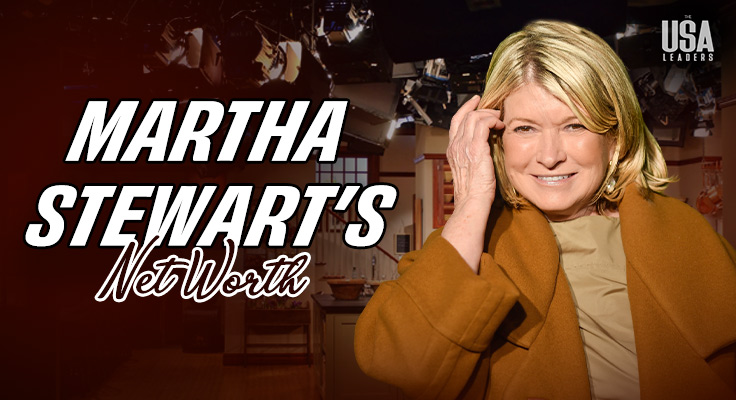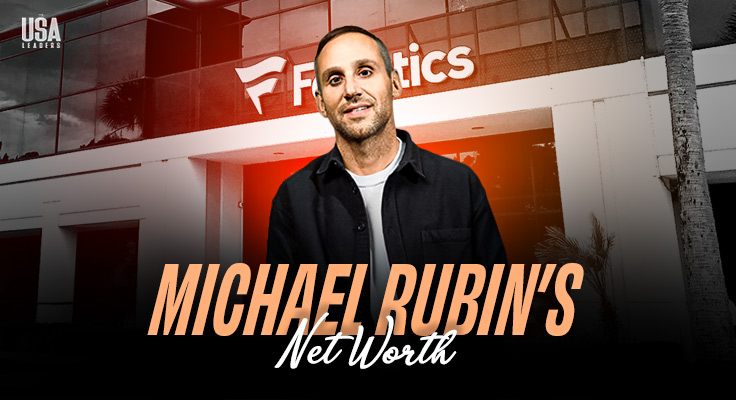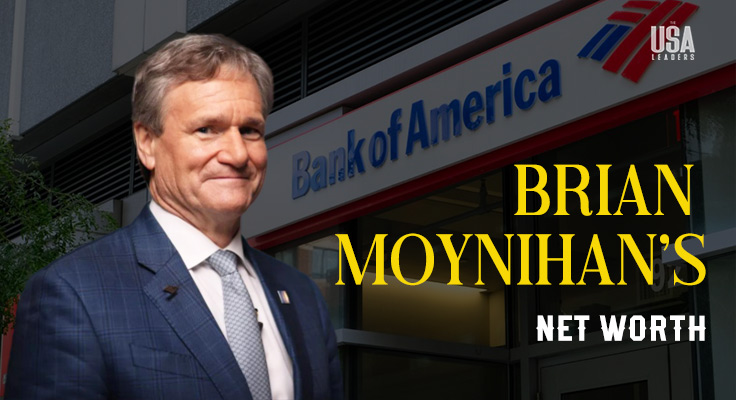A restaurant’s kitchen is more than a production space. It functions as the central nervous system of the entire business, and the chef is its brain and pulse. From the first prep task of the day to the last ticket fired at night, the emotional rhythm of the team is paced by the person at the helm of the pass.
A chef’s energy isn’t neutral. It spreads. If a chef walks into a shift sharp, focused, and present, the team tends to mirror that stance. Tasks tighten, urgency aligns, and small mistakes are caught early. When chefs arrive flustered, distracted, or angry, the stress ripples—chopping becomes louder, ticket times lengthen, communication shortens. Emotional contagion, even in high-functioning kitchens, is real. Leadership begins with tone, not commands.
This dynamic becomes more pronounced when looking at a chef’s leadership style. Some chefs lean on fear—tight controls, public scoldings, and constant intensity. Others coach and cultivate, creating space for junior cooks to ask questions and own their station. The choice affects more than morale. Tyrannical leadership often results in short stints and high turnover. In contrast, a mentor-style leader cultivates loyalty, with line cooks often following them to future ventures. Trust, when earned in the fire of a dinner rush, builds deep roots.
Leadership style also shapes creativity. In rigid, hierarchical kitchens, innovation tends to come from the top, while feedback loops close off quickly. In collaborative environments, ideas surface from all levels—sometimes the best sauce on the menu comes from the prep cook experimenting after hours. A chef who allows others to contribute often unlocks a richer, more adaptable kitchen language.
The chef also functions as a timekeeper. The tempo of a kitchen—prep speed, plating pace, reaction to backup—depends on rhythm. Like a conductor in a symphony, the chef manages crescendo and rest, knowing when to push hard and when to ease up. Their judgment during a slammed service can prevent a breakdown or make it worse. Some chefs thrive in chaos and unintentionally breed it; others master quiet precision, teaching their team to think two steps ahead. This cadence trickles from kitchen to floor, affecting not just the kitchen’s energy, but the entire restaurant’s vibe.
By anchoring emotion, behavior, and speed, a chef doesn’t just influence performance behind the pass. They set the pulse for everything around it—from dish pit morale to server flow to guest experience.
Vision Beyond the Plate
The menu is often the public’s first point of contact with a chef’s mind. Every item on the list—its ingredients, phrasing, price, and placement—carries intentionality. A dish isn’t just a recipe; it’s a message.
Chefs use dishes to communicate values. A minimalist tasting menu might reflect restraint and technical control. A menu rooted in family recipes may showcase heritage and emotion. Even ingredient choices carry subtext: wild mushrooms versus button, heirloom tomatoes versus greenhouse-grown. These decisions reveal what the chef finds important—flavor, yes, but also ethics, ecology, and economics.
Sourcing plays a key role in this. Some chefs build tight relationships with nearby farms, choosing freshness and local support over cost or consistency. Others negotiate bulk orders or seek shelf-stable ingredients for scalability. Neither choice is inherently better, but both reflect how chefs balance values with operational need. A commitment to seasonal menus might excite a diner but demands constant retraining and recipe adaptation from the staff. That’s a leadership choice—one that reverberates in staffing, prep flow, and pricing.
Pricing, too, reveals much. It’s not just about food cost margins. Pricing is a form of cultural signaling. A chef who prices a pasta at $12 may be inviting a broad demographic. The same pasta priced at $34 shifts the conversation to exclusivity and brand. Every number printed on the menu reshapes who feels welcome, who returns, and who gets excluded. Chefs who understand this wield pricing as a strategic lever, not just a finance line.
But idealism meets limits. Many chefs want to push culinary boundaries, source rare ingredients, or curate niche wine pairings. Rent, labor, and diner habits often say otherwise. This constant tension—between vision and viability—is a key testing ground for leadership. Some chefs dig in, refusing to change; others pivot smartly, updating menus to meet market realities without losing identity. Navigating this edge with integrity requires restraint and foresight, traits often under-credited in culinary leadership.
The menu, then, is more than a product. It’s an artifact of the chef’s values, ambitions, and compromises. It shapes not only what a restaurant serves but what it stands for—and who it’s for.
The Aesthetic Eye
Most diners don’t know it, but chefs often shape much more than the food. Their vision bleeds into the atmosphere—sometimes subtly, sometimes decisively.
Take lighting. Harsh white fluorescents in the dining room can undercut a delicate plating style. Moody tones may suit a rich, umami-heavy menu. Chefs often give input on this, especially when it affects how dishes appear on the plate. Plating itself also influences the dining room: a chef who serves on warm-toned ceramic plates might prompt a shift away from white linens. A menu full of share plates often leads to more communal seating, requiring rethinking the space altogether.
Even playlist decisions sometimes land with the chef. What music plays during prep? What tone should accompany dinner? These background cues influence the dining pace, conversation levels, and perception of the brand.
Restaurant aesthetics function best when food and space speak the same language. This coherence matters. A rustic, fire-forward menu in an ultra-modern, steel-heavy room often feels mismatched. In contrast, when decor and dishes echo each other—warm oak tables alongside braised meats and aged cheeses—the story becomes whole.
There are, of course, points of friction. Chefs may push for utilitarian functionality, while designers favor sleekness. Disagreements about spacing, flow, or materials often arise. For instance, a chef might request a direct line of sight to the dining room for plating rhythm, only to be vetoed by an architect favoring clean visual walls. Occasionally, it’s the chef who bends.
This influence extends to uniforms and tone of service. A chef who values elegance might require crisp white jackets and call-for-service dishes. A more casual leader may welcome tattoos, loud music, and open plating banter. These details cascade into every guest interaction—often unspoken, always felt.
The chef’s aesthetic reach is quiet but wide. From restaurant furniture selection to service tempo, their choices shape not just how food tastes, but how it feels to eat it.
Culture, Conflict, and Continuity
Restaurants live or die by their culture—and chefs are the architects of that culture whether they intend to be or not.
Hiring decisions are the most visible form of cultural control. Some chefs recruit from within, mentoring interns into line cooks and sous chefs over time. Others seek outside talent to inject freshness. Either way, the chef’s choices determine more than skill; they shape identity. A tight-knit, loyal kitchen crew often traces back to a chef who values teaching and trusts growth. A revolving door of staff might stem from poor communication or unclear expectations.
Mentorship has long-term consequences. Cooks carry habits and mental frameworks forward from every chef they work under. A chef who models quiet respect during service trains others to handle pressure without panic. One who yells at dishwashers without apology may pass down entitlement as leadership. These invisible lessons define a kitchen’s DNA.
Conflict is inevitable in high-stress kitchens. What varies is how it’s handled. Some chefs extinguish sparks early, redirecting tension before it flares. Others let problems simmer, resulting in burnout or walkouts. A leader’s ability to de-escalate, or at least diagnose the root issue, often distinguishes a sustainable kitchen from one that crumbles under pressure.
The legacy of a chef becomes clearest when they leave. Some restaurants retain structure and soul through transitions. Others unravel overnight. Often, it’s not the recipes that disappear, but the unspoken habits, routines, and rituals the chef embedded—how staff greeted each other, how prep was staged, what counted as “ready.” These micro-routines, built slowly and modeled daily, make up the scaffolding of the restaurant’s internal culture.
Continuity depends on whether leadership was institutional or individual. Chefs who build systems—training manuals, collaborative decision-making, peer mentorship—leave something behind. Those who lead by force of personality tend to take the restaurant’s spirit with them when they go.
The Public Face, the Private Burden
In today’s media landscape, chefs are no longer just cooks or managers. Many become the face of the business—spokespeople, influencers, even micro-celebrities. Their names appear in press releases, their dishes in food blogs, their faces on social feeds. But visibility comes at a cost.
Chefs must now juggle internal responsibilities with external expectations. A morning may start with ordering produce, followed by a midday podcast interview, then a wine-pairing meeting, then dinner service, and finally social media engagement before bed. The pressure is relentless.
Investors expect constant innovation. Diners demand consistency and novelty at once. Critics scrutinize details. And beneath it all lies the private reality: exhaustion, self-doubt, and the weight of everyone’s hopes.
Culinary leadership isn’t just technical. It’s emotional labor. The modern chef carries a brand on their shoulders—and that brand feeds not just the guests, but the entire team. From menu design to furniture selection, from Instagram posts to supplier negotiations, the chef’s touch leaves a lasting imprint.
This is what makes a chef more than a cook: they shape the business from the inside out—and sometimes, carry the whole thing quietly on their back.
Also read: 7 Best Steakhouses in the United States for Meatatarians According to Chefs





















